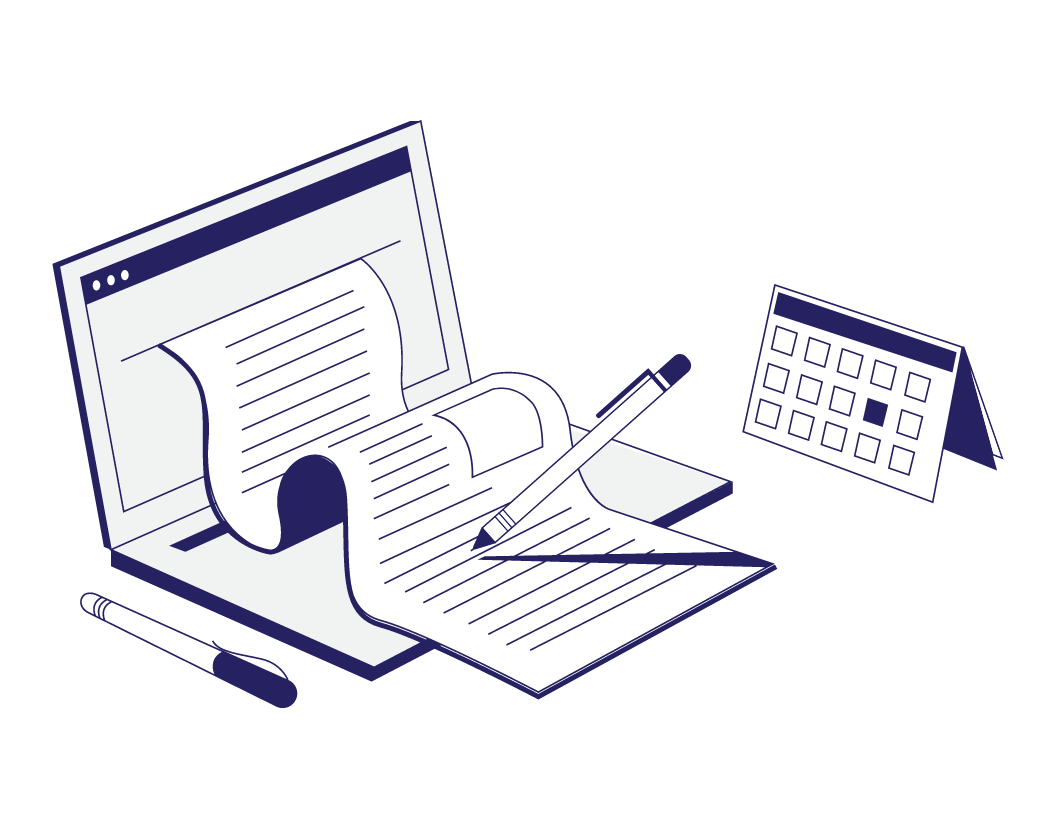
-
5-minute read
-
14th June 2021
5 Tips for Writing a Great Lead for a News Story
A great lead (or “lede”) will set out the key points from a news story in the first lines. This helps to grab readers’ attention, as well as giving them the context they need to understand the story that follows. But how can you write a strong lead for a news or feature article? We have five simple tips to follow:
- Consider the type of lead you want to use for your article.
- Think about the “Five Ws and an H” to pinpoint the key details for your lead.
- Use clear, concise language, avoiding jargon or unnecessary wordiness.
- Resist puns and other newspaper lead clichés.
- Test your lead by reading it out loud to see if it reads smoothly.
For more advice on writing a lead for an article, read on below.
1. Types of Leads
Article leads come in various forms. Three common examples include:
- Summary leads are typically used when writing about current events. As the name indicates, summary leads aim to summarize the key details from a story. Usually, they are no more than one or two sentences long.
- Anecdotal leads are two to three paragraphs long and most common in “feature” articles rather than news stories (e.g., profile or opinion pieces). They work by setting out an anecdote related to the story, helping to make it feel more personal or emotive. This is then followed by a nut graph, where you will explain how the anecdote relates to the main topic of the article.
- Question leads start a story with a question, posed to the reader, about the topic of the article. This would then be followed by a summary.
The key here is to choose a type of lead paragraph that will work best for your news story. Traditionally, news focused stories start with a factual summary lead. Anecdotal and question leads, meanwhile, are great for more personal stories.
2. The Five Ws and H
In journalism, the Five Ws and H refer to six questions you should ask about the story you’re writing. These are also helpful when writing a lead for a story:
- Who is involved or affected? Who will benefit or be harmed?
- What happened? What is the article about in simple terms?
- Where does/did/will it happen? Does the location affect what happened?
- When does/did/will it happen? Is it relevant to the story?
- Why did this happen? Why is it important?
- How did it happen? How does it affect those involved?
Answering the questions above will help you pick out the most important details for the story, which you can then use as the basis for your lead. The story will then cover the other details in the rest of the story, starting with the most relevant points.
Even if you’re not writing a summary lead, considering the Five Ws and H is a good exercise! Picking out the most important details means you can then plan your lead to fit the story, as well as helping you to structure the overall article.
3. Use Clear, Concise Language
Article leads, especially summary leads, need to communicate the key details of a story in as few words as possible. This will usually mean:
Find this useful?
Subscribe to our newsletter and get writing tips from our editors straight to your inbox.
Subscribe to Beyond the Margins and get your monthly fix of editorial strategy, workflow tips, and real-world examples from content leaders.
- Using everyday language rather than jargon or buzzwords.
- Writing in the active voice where possible.
- Keeping sentences short (ideally, no more than 15 to 20 words).
- Avoiding various forms of wordiness.
- Omitting unnecessary details (e.g., if you know your readers will be familiar with the background information on a story, you can leave it out of the lead).
This is essential for summary leads, which may only be a few sentences long. But clear, concise language is valuable no matter what type of lead you’re writing.
4. Resist Puns and Other Clichés
Puns are a common trope in tabloid headlines. It may even be tempting to include one in your lead, but try to resist this urge! If nothing else, puns suggest a lack of seriousness, which could undermine the tone of the rest of the story.
But puns are also a cliché in article leads, so they should be avoided on that count, too. In fact, there are several clichéd leads you might want to avoid, including:
- Dictionary leads (e.g., The dictionary defines X as…)
- Time-related phrases (e.g., Since the beginning of time…)
- “Good news, bad news” leads (e.g., The good news is…)
- “Thanks to” leads (e.g., Thanks to the internet, we now…)
There are occasions where a pun or cliché might be appropriate. But it’s always worth thinking carefully about how such things will affect the tone of your story.
5. Test and Revise Your Lead
Finally, test your lead by reading it out loud. It should read clearly and smoothly. If you find yourself stumbling, look for minor changes you can make to improve it. This might mean cutting a few words or rephrasing the sentence slightly.
Don’t forget, too, that your lead is just part of a story! It is thus wise to revisit your lead once you’ve written the full article and tweak it to fit what you’ve written.
Expert Proofreading Services
If you are writing a news story or article, make sure to get it proofread! Our expert editors can help you polish and perfect your writing – leads and all – so submit a free trial document today to find out how our services work.




